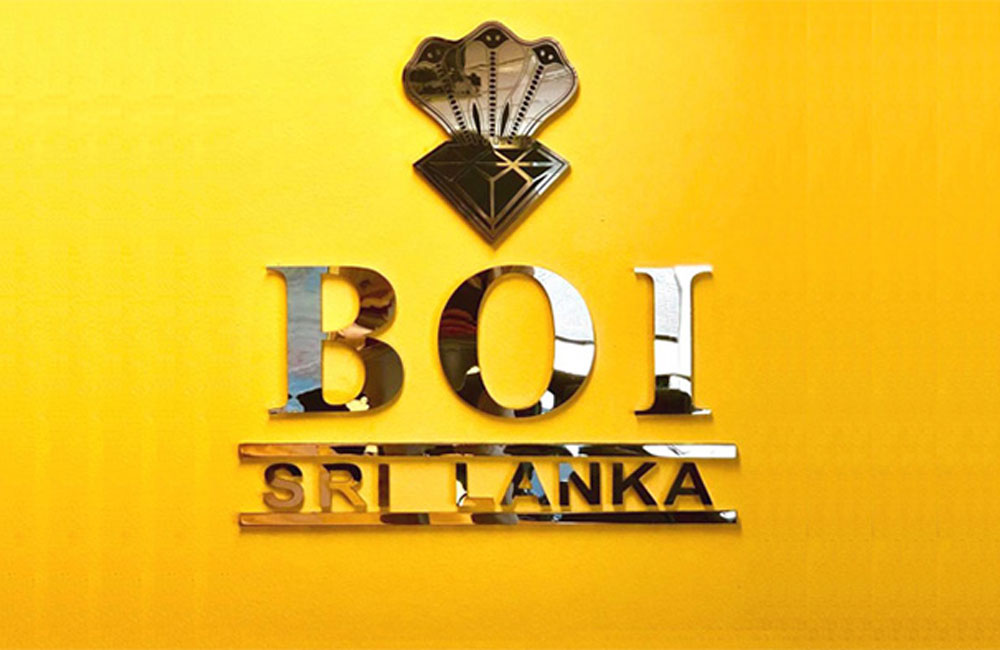The breakdown? Equity capital USD 133 mn, reinvested earnings USD 132 mm, intra-company borrowings USD 231 mn, and long-term foreign commercial loans USD 331 mn.
A few large projects such as the USD 229 m investment by Colombo West International Terminal Ltd. (CWIT), USD 111 mn by CEAT OHT Lanka Ltd., USD 72 m by Michelin Lanka Ltd. and USD 85 m by Bluehaven Services Ltd. account for 66 % of the total, with “another 150 BOI-approved enterprises” covering the remainder.
At face value these numbers suggest a vibrant resurgence of investor confidence. But a closer look raises several red flags:
The BOI’s definition appears to lump foreign commercial loans and intra-company borrowings alongside “equity capital” and “reinvested earnings” as part of FDI. Conventional definitions of FDI typically emphasise equity investment, control and long-term relationship, rather than loans.
Of the USD 827 m claimed, only USD 133 m is equity capital; the remaining USD 694 m is debt-type financing (intra-company borrowings + commercial loans) or retained earnings. One must ask: do such “loans” qualify as genuine FDI inflows, or are they just cross-border finance flows?
The claim that 163 BOI projects yielded USD 326 m in local investment in the same period adds opacity: how do these relate to the foreign inflows? Are these distinct, overlapping, or double-counted?
Given the BOI is now projecting full-year inflows of “over USD 1 billion” for 2025, based on the first nine-months figure, the growth expectation seems optimistic especially in the context of existing investor complaints.
Turning to the United States Department of State’s “Investment Climate Statement” on Sri Lanka, the picture is far less rosy. The U.S. report states that FDI remains constrained, with most individual deals in the USD 3 m-5 m range the exact opposite of “mega-projects” dominating the BOI’s narrative.
According to the U.S. State Department analysts: “Regulatory unpredictability, bureaucratic hurdles, and selective transparency continue to limit broader participation.” The report also notes that the BOI “remains hamstrung by fragmented authority and overlapping ministries, creating lengthy approval processes that frustrate potential investors.”
When we place the BOI’s aggressively optimistic figures alongside the U.S. report’s cautionary tone, serious inconsistencies emerge. Can one credibly accept that the investment climate is so perfunctory when the BOI claims such a dramatic upswing while international assessments continue to find deep structural impediments? The mismatch suggests either:
A definitional stretch by BOI (counting financial flows as FDI that would not be classed so elsewhere),
Possible double-counting or aggregation of flows not strictly new foreign investments, or
An overly sanguine presentation detached from the on-ground investor experience.
In short: while the BOI’s headline figure grabs attention, the supporting breakdown and external commentary raise enough doubts to warrant a deeper audit of what exactly is being counted, and whether investors truly view Sri Lanka as the dynamic FDI destination claimed.

Leave your comments
Login to post a comment
Post comment as a guest